
 By Natali Moss
By Natali Moss
Video of the day according to the HAPPY PAW Charitable Foundation in Ukraine, about 200 permanent shelters, which are registered as public organizations, charitable foundations or are on the balance of utility companies. According to estimates, they live more than 20,000 dogs and 15,000 cats. And across the country there are thousands of domestic ministers, guardians and volunteers who feed, treat and save animals on their own.
How large Ukrainian animals are now functioning, how much they spend on the maintenance of four -legged and what they dream of the most - exclusive for HB from Happy Paw. Olena, the owner of the Pegasus, Dnipropetrovsk region, Solonyansky district, it all began 15 years ago with the fact that we rescued dogs with disabilities to sleep. We saw these cases, took away such animals and gradually 60 dogs with disabilities appeared in the country. Some of them live with us so far.
Then calls from people began, such as a horse, they want to hand over meat or fox. Then, 8-10 years ago, no one saved such animals and we decided to help horses, cows, goats, pigs. Our volunteer Jan Rusina gained extensive experience with wild animals. Thus, foxes, raccoons, storks, wolves and horses with goats settled in the shelter. But we have not escaped from dogs, now we have 380, as well as 80 cats.
Many people from the area of active fighting began to contact us during the war during the war. They are forced to evacuate, but do not know where children of animals or cannot take home with their pets. This is exactly how a family with 16 seals and 4 dogs from the street, which we gave shelter, came to us. Now this woman lives in our volunteer house, and we, if possible, support her. In a few months of war, a hundred new animals appeared in the shelter.
We even accepted the nurser of Zennenchunds and Collie. Some people return and take away their animals, but they are mostly seals. About the life of the shelter, when the front is near when hostilities came close to the shelter and shots were very heard, all the animals were buried in booths. Even the cats were not on the street, it seemed that the shelter seemed to be extinct, no one made a sound. About two weeks, if not more, the animal behaved so. And then they just adapted.
Every day we hear distant "bangs", but it is good that nothing explodes or burns in the shelter. We have very different animals that need specific food about the costs and provision of the shelter inhabitants. For example, we have 44 pigs that eat compound feed, but they still need something of vegetables. The camel without grain will not be able to, we have already checked it during the war. He lost weight, he had hills, the body immediately responded to the lack of grain.
And waterfowl depending on fish and when they were delivered with supply, it was very referred to. Horses, goats and others need about 30 tons of hay per month. The hay bale costs 60 UAH, so the costs are significant. It is easier with dogs and cats. Dogs eat about 4. 5 tons of feed per month, it is more than 320 thousand hryvnias. I went about dreams and plans for many shelters of Europe and Ukraine to gain experience to see something new, that we have everything by the rules.
And we wanted our shelter to be the best. Not in the sense of rivalry, but for the comfort of animals. In our experience, shelters should not be large. They should also be compact with a small number of animals - in order to pay attention to all and all animals are "in sight". Because what is a shelter? For some animals, it is a temporary shelter, and for someone for a lifetime. Shelter is not a home for an animal.
We want to create comfortable living conditions for everyone who lives and we have worthy working conditions for all the people who work here. Thanks to the cooperation with the Happy Paw Foundation this year, we managed to make a walking playground for which we have dreamed of for many years. Half dogs have already become social, although they have previously been frightened.
Because before that, all communication with them was reduced to: he went into the enclosure, removed, gave food, that's all. And now the dogs play with you, they climb into the pool, jump for toys. This is a completely different lifestyle for animals. Oleksandr, Head of the Sumy Animal Society on the creation of asylum and adoption statistics, all began 12 years ago with the overgrowth of animals, we had 8 booths in the veterinary clinic.
Subsequently, we started expanding and we had to look for a new place to keep. They found an area at the edge of the city where there was nothing but the airport airport at that time. Then a densely populated cottage was built around. When we moved to a new place, we had 13 animals, now there are about 300 of them: 60 in the municipal enterprise of the city (but we take care of them) and ours about 250. The number of animals we have relatively constant, we cannot take more than capable hold.
We sent about 100 animals during active fighting to Europe, took others to their place and attached some part. That is a kind of endless rotation. Now the shelter is fitting much less animals. Part of the fact that we began to treat future owners more meticulously. We do not treat pets in the villages very well, so we give there solely when we see that the family will treat the animal kindly and responsibly. A prerequisite is sterilization before giving the animal.
We felt very much about the life of the shelter during active fighting with Russia. In the early days of the war, there was an artillery division near the shelter, which was fired all the time. There was an hit in the house 300 meters from us and a lot of burning equipment. We are still worrying to this day, so that there are no hits in the surrounding area or shelter.
In the first days of the war, we cooked food for animals at home, for example, three pots were cooked, put in the car, brought, and quickly handed over. The water, while my wife distributed food, I was driving for water. Some animals were taken out of the shelter through the green corridors. They went to Lviv and to Poland and transferred animals. And even the macaque came to us! She lived in Ukraine for 22 years, and this year she went to the rehabilitation center in Spain.
We found the option to take it to the border, there came Polish specialists, who transported it from us. We have already got a photo as our Thomas after quarantine in Spain meets his Sorodich. We have calculated about the needs and their implementation to keep the number of animals we now need, we need a month about $ 3500-4000. It is the purchase of food and medicines for animals, the transportation costs and the salary of two workers.
For example, we have 1 ton for a month, which is 11,000 UAH, not taking into account the cost of feed and meat. Now we need to buy vaccines for almost 15,000 UAH. Plus, a day our car is about 100 km, which is a fuel. So it turns out that on average a month our expenses are about 90 000 UAH. Using the animal sterilization program from the Happy PAW fund, our expenses have diminished. Of course, volunteers and philanthropists help us, but we want this help to be stable and regular.
Because, for example, having it you feed it today 20 animals, and tomorrow there is no help and you no longer know what to feed the animals further. About dreams and bells we dream of equipping a quality animal shelter, such a center that could ensure the existence of a separate part of animals throughout their lives and was able to pay for the work of a large staff of people. Animal sterilization mobile program.
And also help local little guardianships, because they now find themselves in conditions when not everyone can afford to buy food for animals. Well, another question that is very concerned about - who to pass the shelter, because we are already at a good age and we want people who would be able to continue our business. You know, a person can give himself some advice and often drives himself into some difficult conditions. But the animal is driven only by humans.
Maria, the grandson of the founder of the Gostomel animal shelter, Gostomel, Kyiv region about creating 23 years ago, my grandmother laid her apartment to buy buildings on the site of an old barn. Together with their husband and volunteers, they began to build a shelter without any financial assistance. There were always up to 1000 animals in the shelter.
Because the shelter is a place that if you open the gate and give people green light to bring animals freely, then there will be 10,000 animals in 1 day. There were about 700 animals about the occupation and challenges that the war brought before the war before, but the whole sector with animals was destroyed during hostilities, about a hundred died and escaped a lot.
But this amount has recovered a month after the de -occupation - people brought kittens and puppies, as well as animals whose owners left the city or country. People do not want to look for a family for unnecessary animals, but choose a lighter way - to take a shelter and shift responsibility to someone else. Now we have about 500 dogs and 60 cats. Every day we get a lot of calls: "Take away", "Save", "You should", "you provide you with the state.
" Each of these people has many important reasons (as they think) to give the animal. It is a pity that Ukrainians do not know that almost all shelters are not state but private. We do not have funding and exist only for charitable donations or at the owners' expense (if any). But we do what is in our capabilities. Adjustment in wartime goes bad. The ratio of calls to "bend asylum" and "take the animal" is about 80% to 20%.
The smaller one during the war was the inability to deliver feed, generators, gasoline or food to the shelter. We had money and the opportunity to buy everything, but all the roads were blocked. In the first week, volunteers with our own small cars were able to deliver a little feed and food twice, after which there was a big problem to deliver the generator because Gostomel was without electricity. And for us electricity is water.
It is impossible to feed dry animals without access to water, because they will die from thirst. We had to collect rain water and snow. During active hostilities in Gostomel, many old dogs died due to a heart attack, and some fled from explosions and died from shelling. All other animals are still afraid of thunder and loud sounds and break the nets, trying to escape and hide when the thunderstorm comes. Now, many animals get into the Gostomel shelter from hot spots.
They are frightened, not socialized and do not go into their hands. We need to work with, we need cynologists and zoopsyhologists who are not in the shelter. This means that such an animal, if not working with it, has no chance of being arranged in the family. Such dogs cannot be sent to someone, so these aviaries will be busy in the next 10–15 years. And we will not be able to help and save other cats and dogs.
About the difficulties and achievements of one of the expenses of the asylum that people are very underestimated - it is a salary for employees. No one will look after 700 animals for free, because it is a great physical and moral work. These positions should work in responsible people, not allkash for 50 UAH. Accordingly, the salary should be at least 10,000 hryvnias per month. The most important in our field is communication with people. Unfortunately, Ukrainians are very ignorant of animal care.
They do not understand what to do when found an animal, why it is important to vaccinate and sterilize animals. Now we do a lot in the community shelter: we carry out free sterilization (more than 300 animals have been sterilized during this time), vaccination, chipping. But very often people do not appreciate what is given for free. About dreams you want all shelters to work on a single standard.
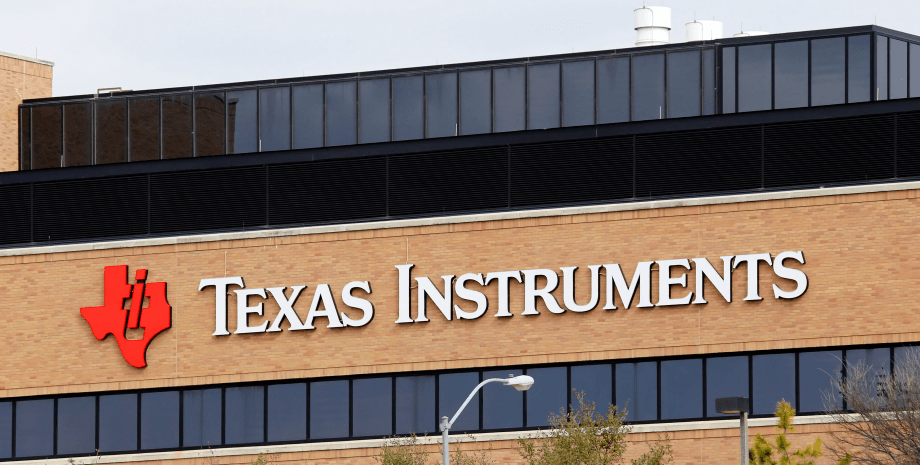

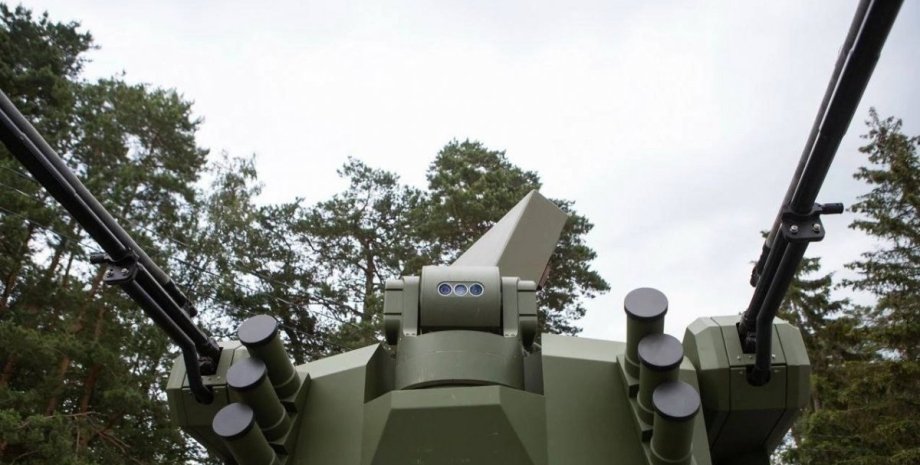
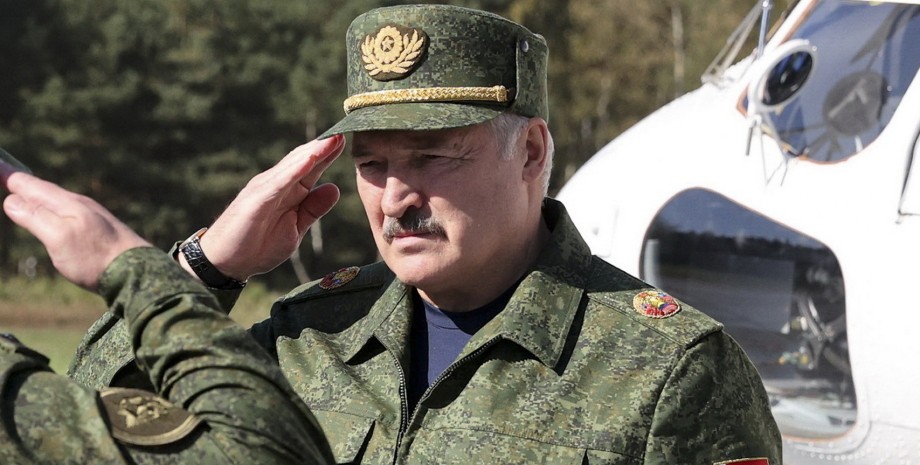
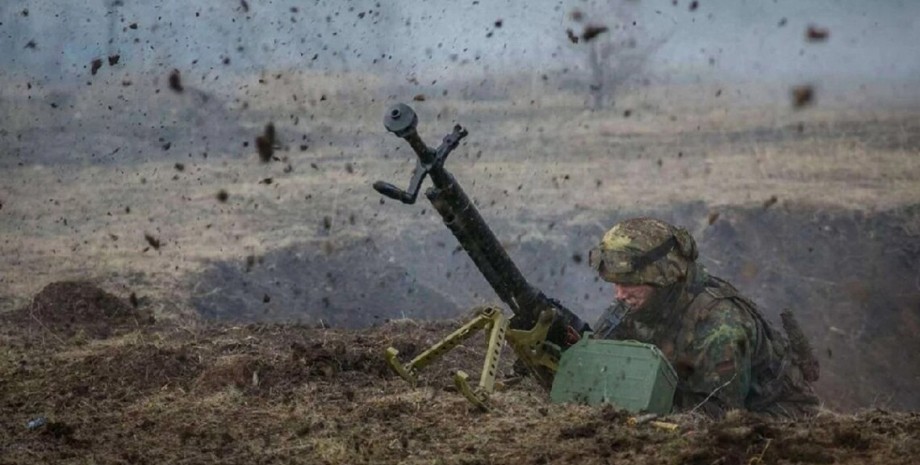

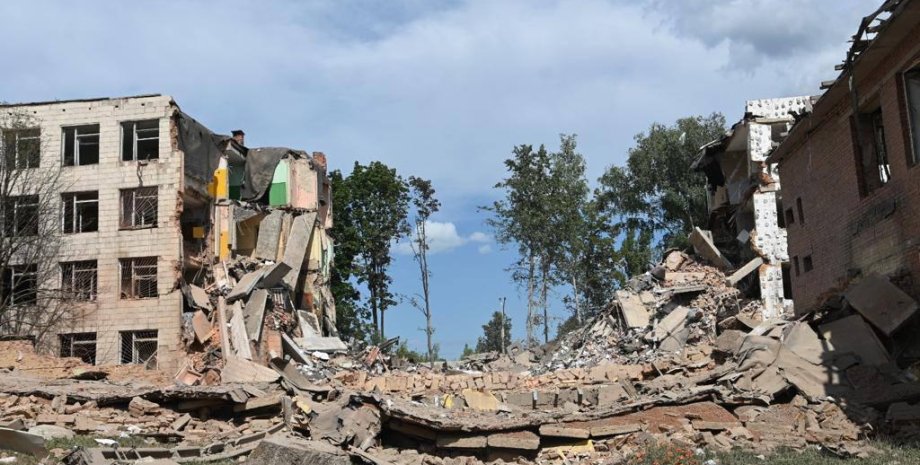
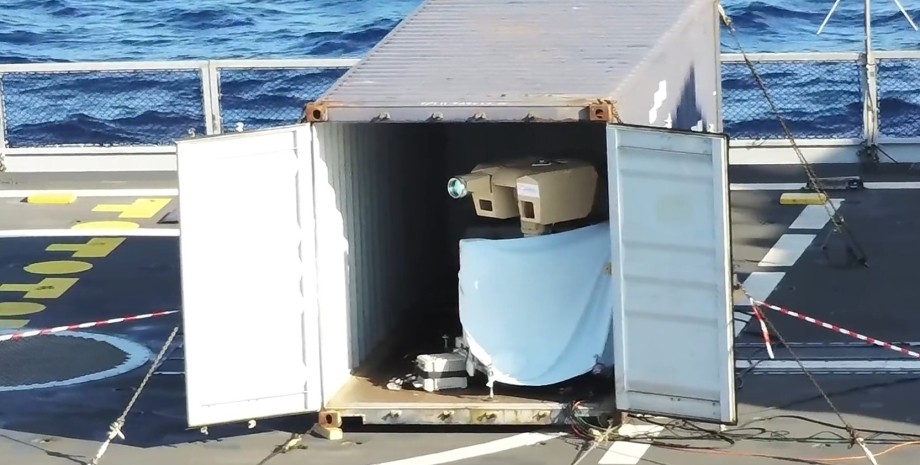
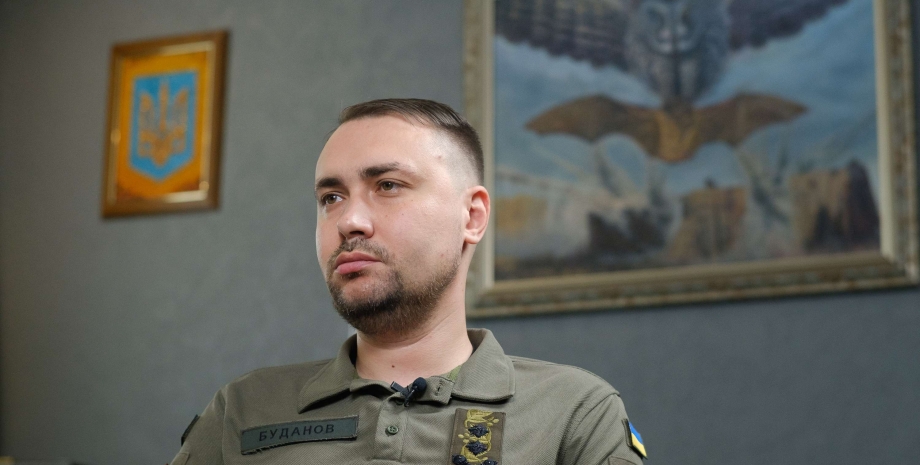
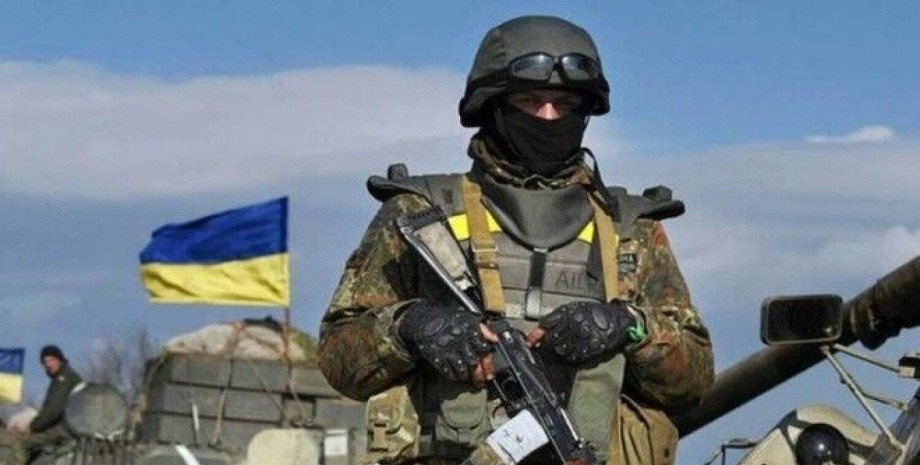
All rights reserved IN-Ukraine.info - 2022